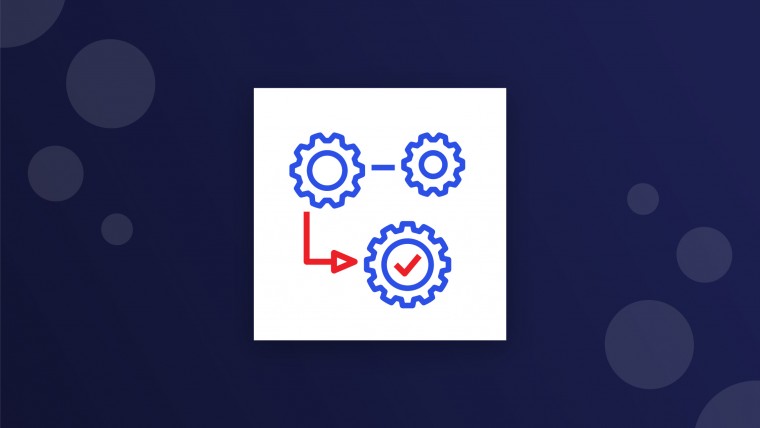In many cases, risk analysis is done at the end of the project initiation process, which is really too late. Risk management must take place from the start of the project, well before any estimates are committed. In fact, the estimating process is intricately intertwined with risk analysis.
Risk and the Estimating Process
As the project is developed into a Work Breakdown Structure, and is further decomposed to activities and tasks, assumptions are made about the scope of the effort, the stakeholders, and the “As Is” and “To Be” conditions. Further, the estimation of task duration, sequencing and staffing is riddled with assumptions about the staffing to be provided, timeliness of deliverables, work schedules, and competing priorities. For example, if the project contains an on-line web component, there are assumptions about the number of screens, the number of databases to be accessed, the complexity of the interactions, the expected response times, and the number of concurrent users. Other assumptions involve the availability of a decision maker, the number of competing stakeholders with opinions to be resolved, and the number of interviews/meetings/re-meetings required to resolve key decisions. Variations in these items can cause large variations in the project cost and duration, so there is significant risk involved in the estimating assumptions. So, how to deal with these assumptions? One way is to take the time to carefully assess each, and resolve it prior to committing an estimate. This is an idealistic approach that usually is unworkable due to the time required, the availability of key customer resources, and the general lack of environment knowledge at the initiation phase. A second, and recommended approach, is to record every assumption made, and treat it like a risk. This treatment should include:
- Record the risk, in as much detail as possible. Don’t make it too simple. For example, don’t record “Customer availability”. Rather, get specific, such as “We will need turnaround on deliverables within 3 days, and response to open issues and questions on a timely basis each week. Customer has many competing priorities and will need to devote scheduled time to the project to stay on schedule”. This makes it much clearer what the risk is.
Read complete article at “Risk and the Estimating Process”








One Reply to Risk and the Estimating Process
Cool! That’s a clever way of looinkg at it!